
Legacy Software Modernization Services: Key Steps & Strategies
As organizations look to improve their efficiency and competitiveness, they often turn to legacy software modernization services. This can be a complex and expensive undertaking, but one that can pay significant dividends in terms of improved performance, reduced costs, and increased market share.
Due to outdated technology, 90% of companies are unable to innovate and increase their efficiency. More than half of senior IT executives believe that their organization’s inability to move forward in the digital age is due in large part to outdated technology.
Leveraging legacy software modernization services can help organizations achieve their digital transformation goals by getting expert support and guidance throughout the process. As a software modernization company, we provide services that allow assessing legacy software, identifying areas for improvement, and developing and implementing strategies for modernizing the software.
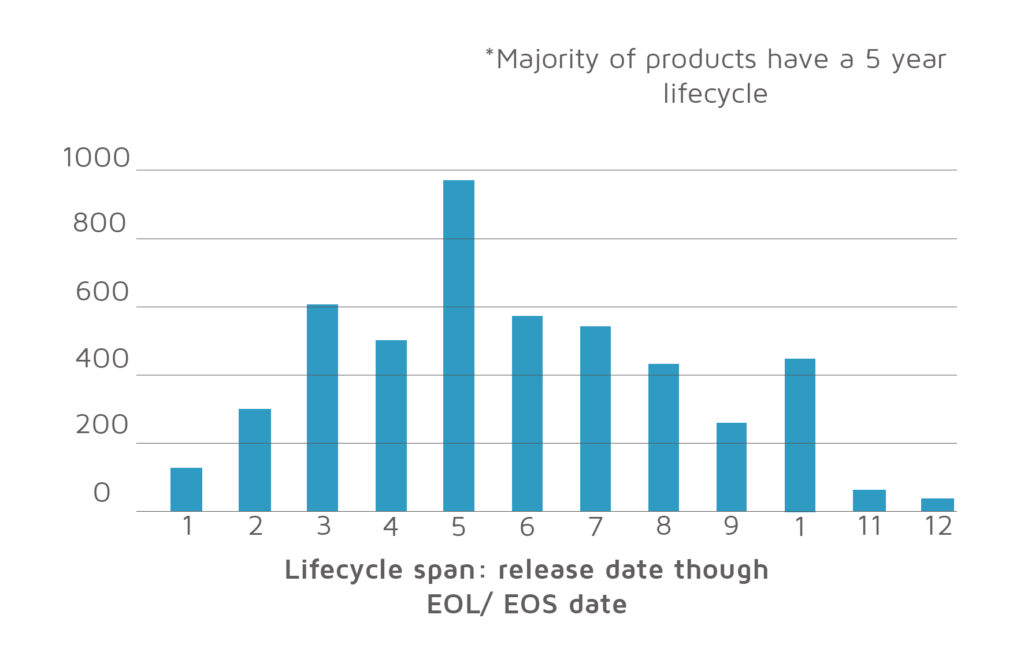
Contents:
- What Is Software Modernization?
- Why Do You Need Legacy Software Modernization Solution
- Five Steps to Legacy Software Modernization
- Strategies for Software Modernization
- Bottom Line: Choosing the Right Legacy Software Modernization Company

What Is Software Modernization?
Software modernization is the process of updating software to reflect changes in technology, business needs, or user preferences. It can involve anything from updating the codebase to reflect new best practices to porting the software to a new platform, to adding new features or functionality.
Using software modernization services is often necessary to keep software relevant — as technology changes, software must change with it to remain compatible. Similarly, as business needs evolve, software must be updated to support new processes and workflows. And as user preferences change, software must be updated to provide a better user experience.
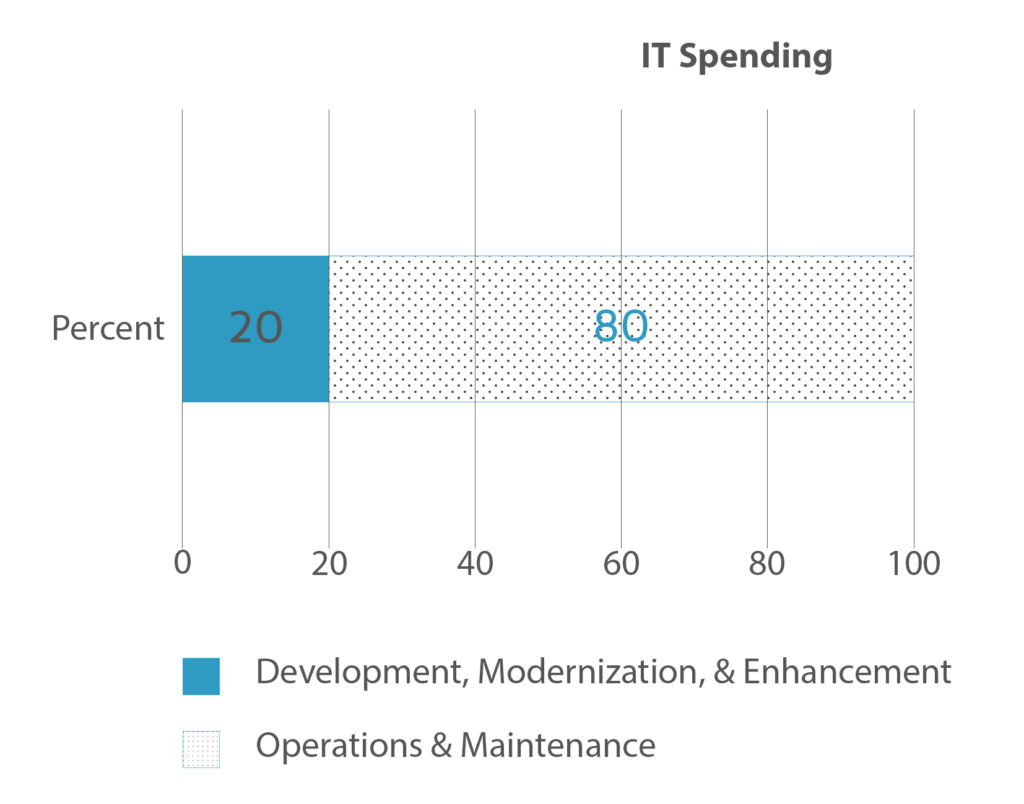
If you’re looking for inspiration on how to modernize your software, be sure to check out our software modernization case study. In it, we detail how we were able to take an existing software application and modernize it using the latest technologies and best practices.
Why Do You Need Legacy Software Modernization Solution
As business needs and technology change, legacy software can become a hindrance instead of a help. Support for outdated operating systems and hardware can be expensive and difficult to find, while new features and functionality can be slow to develop and deploy. Our software modernization service can help to address these issues, making your legacy software more efficient.
By modernizing your legacy software, you can keep up with the latest changes in technology and business, while still being able to take advantage of the experience and knowledge embodied in your existing software. Overall, there are many benefits of legacy software modernization, including the following:
Improved Maintenance
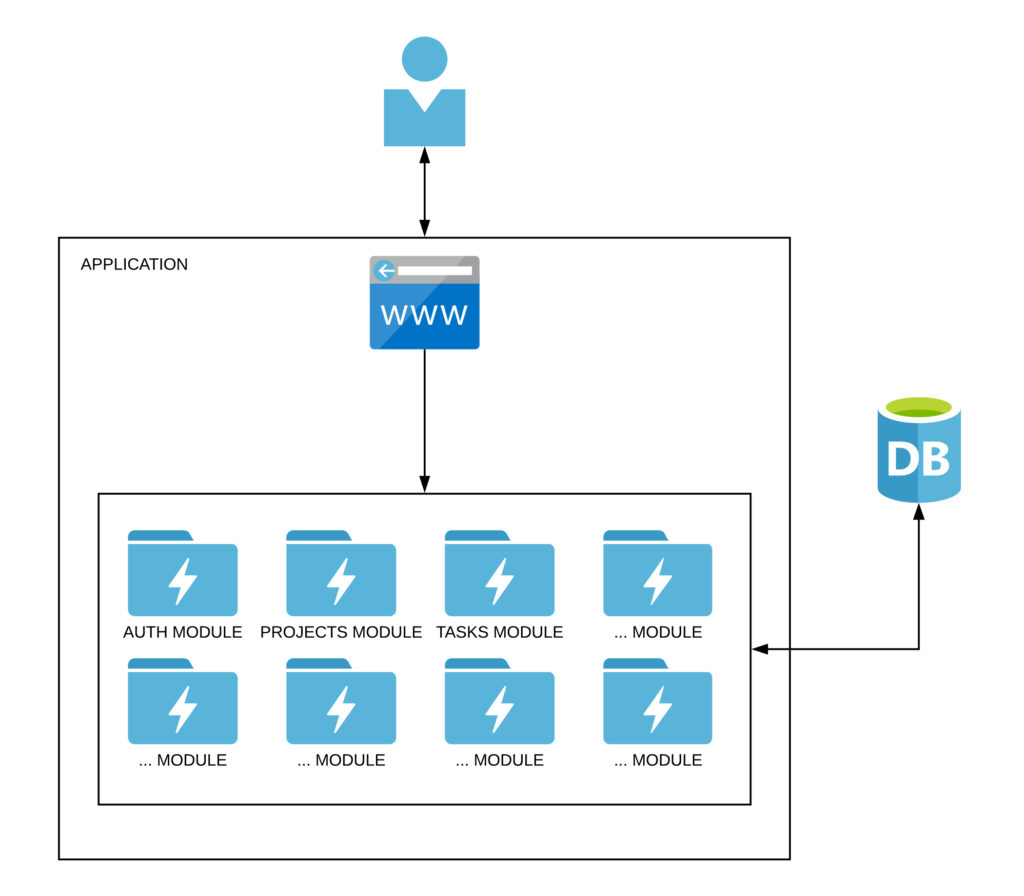
Legacy software maintenance requires a significant amount of time and resources, and these expenses can only continue to climb. Since the majority of legacy software was created using a monolithic architecture, it is impossible to modify individual components without modifying the entire system, which requires additional resources.
In addition, the lack of a modular architecture for many legacy systems stops teams from streamlining the maintenance process and makes it difficult to make adjustments, alter specific functionality, and scale the project components that demand it the most.
Even if your program already contains multiple modules, it may still be considered obsolete and require updating. Utilizing microservices is the next stage in the transition of functionality into self-sufficient, simple, and maintenance-free components. With this architectural design, autonomous services can be developed, deployed, and supported independently of other system components without having to affect the entire system.
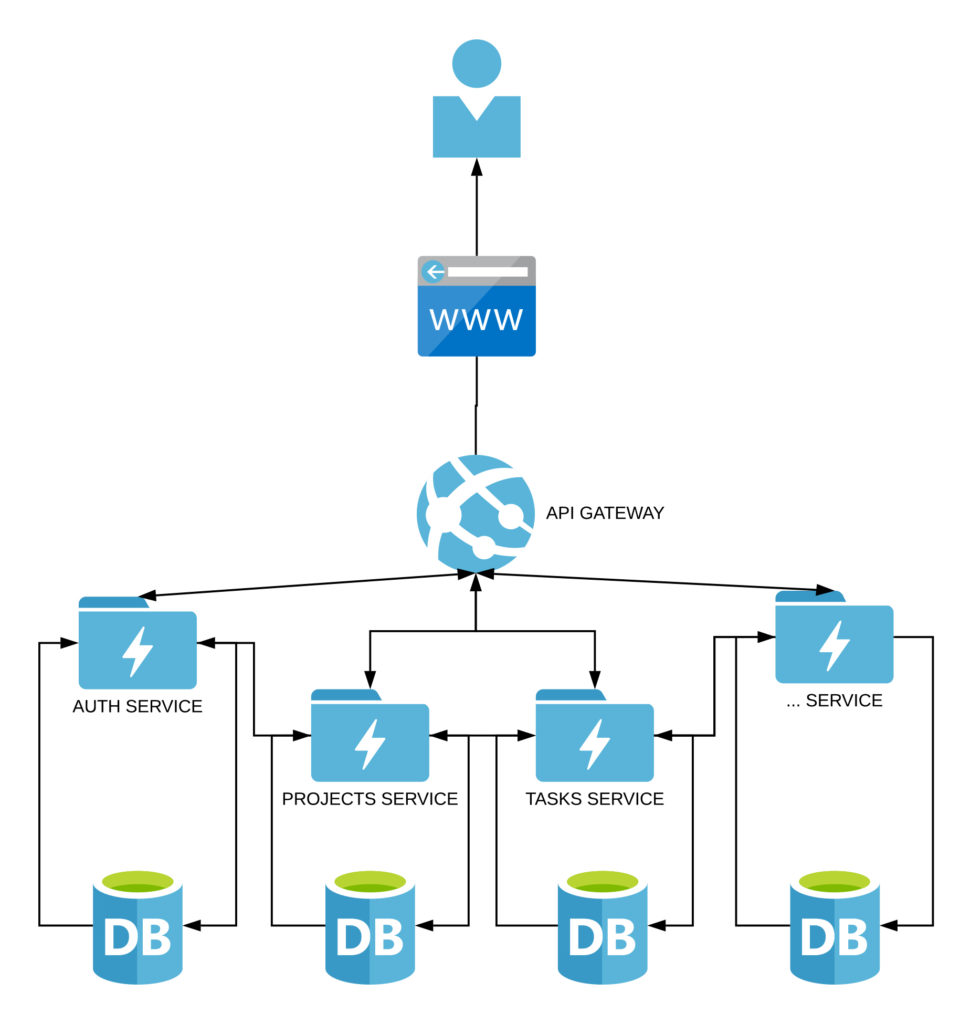
Enhanced Security
Legacy software modernization can also help to improve the company’s overall security posture. By upgrading to the latest security technologies, you can help to protect the company’s data and assets from potential threats. This can give the company peace of mind and help to safeguard its future.
If your company relies on outdated security systems and you continue to use them, you’re putting your customer’s data at risk of being stolen or leaked. By using up-to-date security software, you can make sure your customers’ safety comes first.
Our legacy software modernization services are designed to help you keep your critical applications secure. We have a team of experts who can help you identify and mitigate security risks, as well as implement security controls to keep your data safe. We can also help you upgrade your legacy systems to the latest security standards, so you can be confident that your applications are protected from the latest threats.
Simpler Integrations
System modernization can provide simpler integrations with new and existing technologies. This can help reduce the overall complexity of your IT environment and make it easier to connect new applications and services.
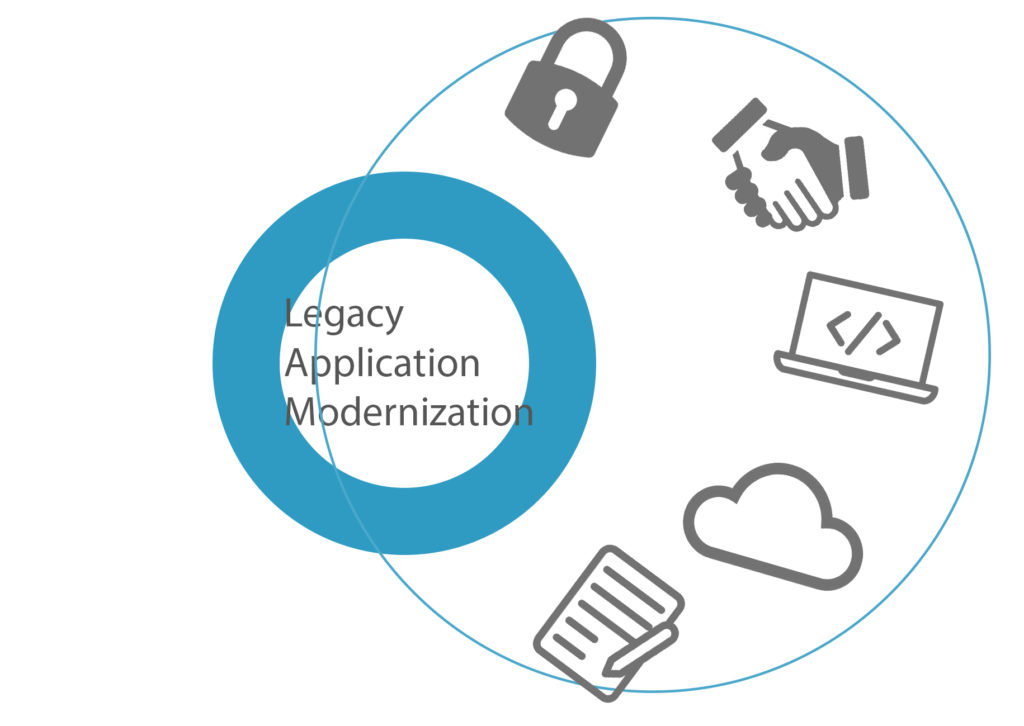
To sum up, what do numbers say? According to the Boomi IT and Business Report, increasing the customer experience is the leading advantage of modernization, indicated by 49% of businesses. The opportunity to incorporate new technology (46%), lower operational costs (45%), and streamline operations are also important benefits. And only 1% of firms that have implemented modernization projects claim to have experienced no advantages.
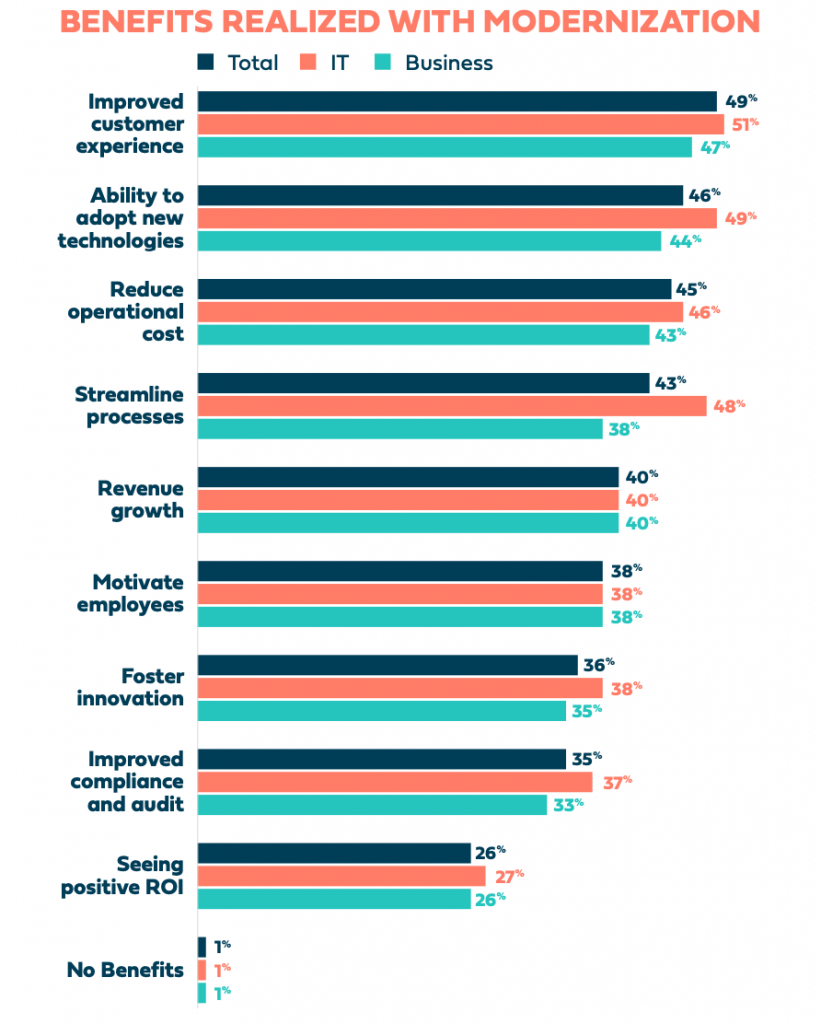
Five Steps to Legacy Software Modernization
Whatever the reason for the legacy software modernization is, there are a few key steps to successfully manage this process.
First, it is important to understand the current system and how it is used within the organization. This includes understanding the data structures, dependencies, and business processes that are supported by the software.
Going forward without consulting and help from experts in legacy software modernization services can be quite risky. There are a ton of things you need to know about your system’s technical debt, performance bottlenecks, and so on and so forth. We offer an option to book a free consultation with our specialists in order to get a big picture of what your company needs.

>>> Get a free consultation from our technical specialist 👾
Next, it is necessary to assess the target platform and identify any gaps between the current system and the target platform. Once these gaps have been identified, a plan can be created to address them. This plan should include both technical and non-technical considerations, such as training for users and documentation. Finally, it is important to test the new system thoroughly before putting it into production.
By taking these steps, organizations can successfully transform their legacy software without disrupting business operations or incurring significant costs. The following are the key strategies when modernizing outdated software.
1. Architecture Audit
The high-level application architecture, components, and functionality audit is the ideal place to start when modernizing software. Our software modernization service includes a comprehensive audit that assists in identifying system bottlenecks, managing risks, and recommending the best approach based on the customer criteria that must be satisfied throughout the modernization of legacy software.
2. Code Audit
A comprehensive code audit can help you find code faults, vulnerabilities, and future threats. By auditing your code, you can identify and fix errors, improve security, and avoid potential problems down the road. Code audits can be performed manually or with the help of automated tools — either way, they can save you time, money, and headaches in the long run.
Additional support for technical applications is also necessary. In order to add new features, patch issues, and integrate the application into new environments, almost half of all time committed to maintaining the application is spent reading the already written code. Because of this, it is essential to clear up the code mess during the modernization of old software so that applications can be modified and expanded in terms of functionality.

3. Refactoring
Refactoring is one of the application modernization software tools which modifies an application system’s underlying code structure to make it simpler and clearer without affecting the outcome. This approach streamlines, structures, and systematizes disordered code debug and improves application performance.
Refactoring can be a good option for small-scale projects with a limited budget and timeframe. Another aspect of refactoring is to rewrite the software from scratch. This can be a good choice for large-scale projects where you want to take advantage of new technologies or make major changes to the functionality of the software.
4. Performance Testing
The primary purpose of performance testing is to determine the application’s stability, work performance, resource consumption, and other quality attributes under varying loads and usage scenarios.
Such tests permit the detection of faults and system bottlenecks, enabling the identification and prioritization of application components that should be scaled during modernization, as well as the modernized system’s task performance needs.
Overall, choosing the best practice approach for legacy modernization that will have the greatest impact and value for your business requires evaluating the effect of the five modernization approaches on technology, architecture, functionality, cost, and risk. This way, by selecting the optimal transformation approach, you will be able to strategically manage your core business processes and leverage fully from legacy application modernization.
5. Quality assurance
As software becomes more complex, the need for automated unit testing grows. Unit tests help ensure that individual pieces of code are working as expected and that changes to the code don’t break existing functionality. Automated unit tests can run quickly and easily, providing immediate feedback about the state of the code.
Without automated unit tests, it would be difficult to know if code changes have introduced new bugs or if existing bugs have been fixed. Automated unit tests help to ensure that code changes have not introduced new problems and that existing problems have been resolved.
Unit tests are an essential part of software quality assurance, and software modernization efforts should include the creation and maintenance of a suite of automated unit tests.
Strategies for Software Modernization
There is no one-size-fits-all software modernization solution when it comes to software modernization strategy, but there several common approaches that organizations can use to update their legacy systems. These include the following:
Breaking Monolithic Applications into Microservices
Legacy systems are typically monolithic applications. Because of this, updating the application’s components — whether it is scalability for a certain section that needs it the most or adding functionality — is challenging.
In a monolithic architecture, a system component cannot be modified independently. It is impossible to change the functional unit without also changing the system’s overall structure. One of the intended solutions for modernization is the replacement of monolithic applications with modular ones in order to increase flexibility.

Cloud-Based Integration
One of the many benefits that cloud computing offers is the ability to continuously integrate and deploy new features during the process of legacy application modernization.
The notion of continuous integration and delivery (CI/CD) allows for the continual merging of newly produced code into the mainline one, as the name suggests. So, a developer merely uploads the short application portion, together with unit tests (as previously indicated) to ensure that the code performs the intended functions.
To upgrade your legacy application, CI/CD are the essential procedures that make it easier to support and update in the future.
Reverse-Engineering
If you are working on an old IT project, you’re more than likely dealing with documentation that is either outdated or nonexistent. Such situations necessitate reverse engineering, which is the most effective method.
As a result of the reverse-engineering process, it is possible to learn more about how an application works, as well as uncover any previously undocumented features that could be useful in the future.
Bottom Line: Choosing the Right Legacy Software Modernization Company
Outdated software modernization is a critical investment for any organization that wants to stay competitive in today’s market. The benefits of legacy system upgrades are clear: lower costs, shorter project timelines, and a higher return on investment. However, the process of outdated software transformation can be complex and challenging.
There are many software modernization companies out there that can help you keep your software up-to-date. They can provide you with the latest software updates and security patches, as well as help you migrate to newer versions of software when necessary. When it comes to modernizing legacy applications, the optimal strategy is determined by the problem you are attempting to solve and the kind of assistance you want to get.
We provide complete end-to-end services that will save you time, money, and resources.
If you are here to find software modernization contract work then you have come to the right place. Our company specializes in assisting businesses in upgrading to the most recent software versions. This may involve modifying an existing application or creating a new one.
Find out more about how we can help you transform your legacy applications, and get in touch with us to learn more about how a modernized application can improve your business.




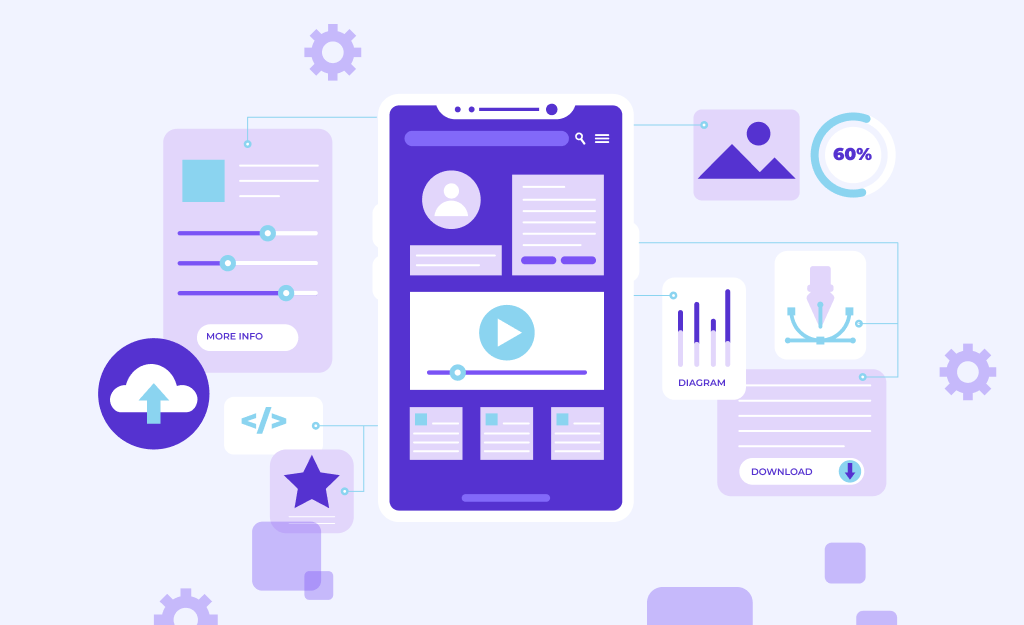
Thanks for the useful information.